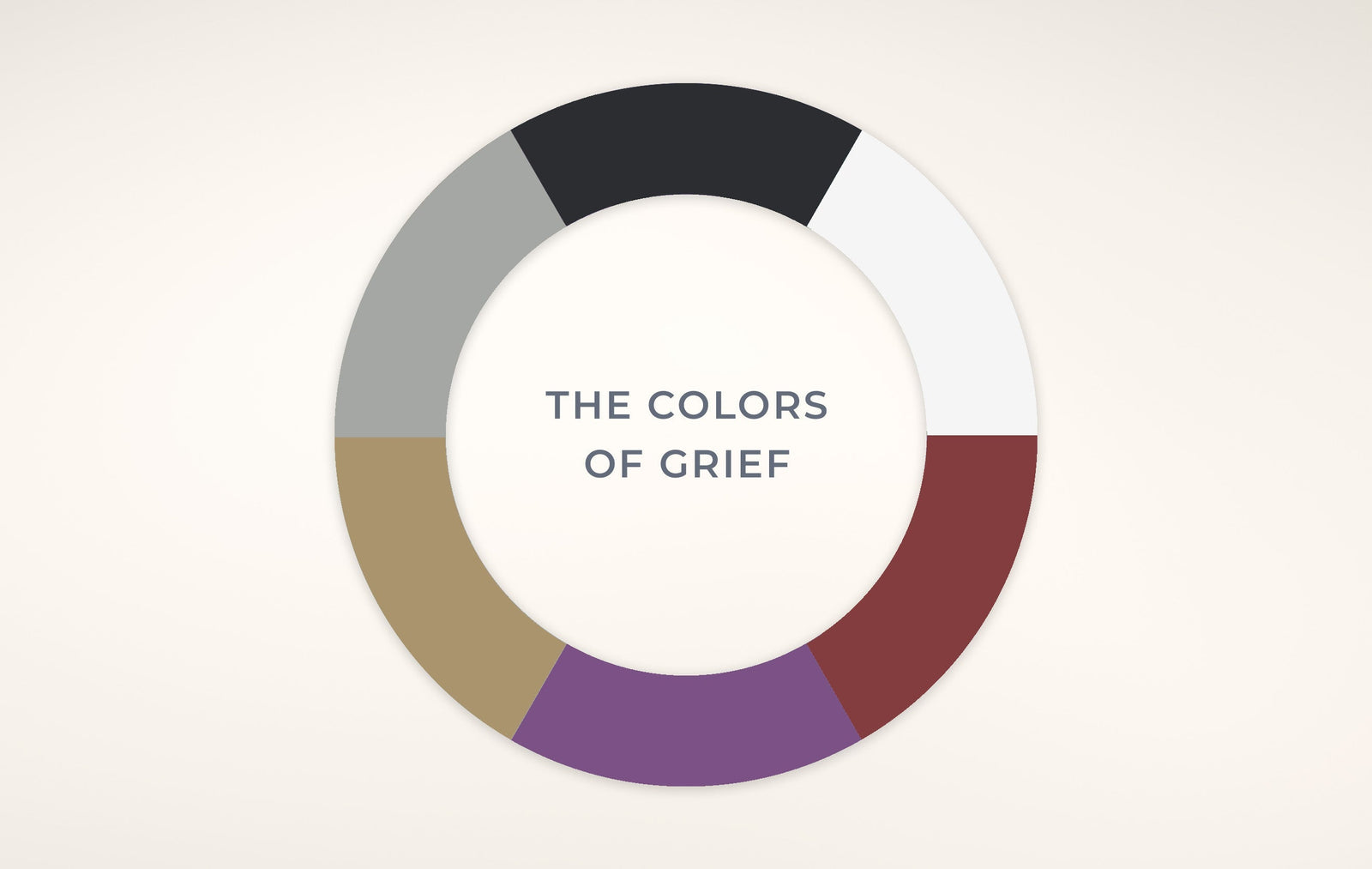Your Cart is Empty
Free shipping on orders over $299
10% off orders over $199 - Promo code: Get10
Free shipping on orders over $299
10% off orders over $199 - Promo code: Get10
Cremation Urns
Cremation Jewelry
Three Things To Know About Cremation
by Cameron Allahverdi August 12, 2019 3 min read
Cremation is arguably one of the most common methods of disposition in the world today. And for good reason, in the U.S. alone, 52% of funerals were cremations in 2018 and that number is rising more each year. Cremation is still a bit of a mystery to the general public so here’s three things to know about cremation: the history, how to arrange for it, and the steps of the actual process.
Brief History of Cremation
While cremation is currently on the rise and, often, people’s first choice for the final disposition of their remains- most don’t realize this isn’t new. Cremation has had a rich history for millennia.
Records indicate that, while cremation truly began in the stone age around 3000 BCE in Europe, Greeks introduced the Western world to cremation around 1000 BCE. Cremation became popular during times of war when the remains of fallen soldiers couldn’t be returned home, funeral pyres served as a way to honor the dead. After cremation, their ashes would be sent to their families waiting at home.
Over the years, cremation has shifted from being a necessary funeral rite for soldiers far from home, to simply another disposition option the general public has available.
Arranging for Cremation
As popular as cremation is, it still remains a bit of a mystery considering most funeral homes don’t allow the process to be seen, for liability or health concerns. Its beneficial to understand how cremation actually works to ease any discomfort or unease that may come to mind.
Once a person has passed away, their loved one can contact a funeral home to arrange cremation, burial, entombment, etc. Funeral homes vary in their procedures true, but one thing is always sure, modern cremation involves a simplified process for the bereaved. Depending on the funeral home that is contacted, they may own their own crematorium, or they have a local contact from which they outsource their cremations.
What Does Cremation Entail?

Cremations are done with large industrial furnaces called crematoriums that are specifically built for cremations. Generally, the entire process takes about 2-3 hours depending on the size of the body and any special accommodations that must be made.
For example, any medical equipment containing batteries (such as pacemakers) must be removed for safety concerns. The batteries can explode within the chamber and cause severe damage. The crematory operator will also remove any jewelry the deceased may be wearing in accordance to the wishes of the family. The deceased is placed inside the crematorium inside a combustible container that is either a cardboard box provided by the funeral home or a more personalized casket purchased by the family.
The body is cremated between 1400 to 1800 degrees Fahrenheit. Since humans are 75% water, what remains after the cremation are actually bone fragments. These shards of bones then become “ash” using a cremulator, which is basically a high-powered processer that pulverizes the bone fragments. Cremated remains or “cremains,” end up being more granular than regular ashes, resulting in a fine, grainy powder.
The cremains of the deceased are then sealed in a plastic bag and handed over to the family either in a temporary cardboard box or a permanent urn purchased by the family. The bereaved have the option of placing the cremains in the urn with the bag or simply pouring them inside. Either way, cremation urns tend to be the most common form of storage people choose. However, there exist a wide variety of options for cremains; including burial, entombment in a columbarium niche, scattering or even cremation jewelry.
~~
With there being numerous options for what to do with cremains, it’s no wonder that cremation has become increasingly popular. Hopefully some of the uncertainty or stress related to making the final decision will be relieved with the knowledge of these three important facts of cremation.
Leave a comment
Comments will be approved before showing up.
Also in Blogs

What are the traditional colours of mourning in different countries?
by Taylor Evans December 04, 2025 4 min read
Mourning is a part of loss, and even when we're prepared for the loss, there's no way to predict how we'll mourn. Some people are resilient, while others will get lost in a sea of depression and grief when mourning. Colors represent mourning across the world. Just as you wear certain colors during a funeral, many choose certain cremation jewelry or pendants for ashes based on the colors of mourning.

Memorial Gift Ideas: Thoughtful Alternatives to Flowers for the Holiday Season
by Cameron Allahverdi December 03, 2025 5 min read
Read Article
What Grieving Does to Your Body: Understanding the Connection
by Alex Johnson November 24, 2025 4 min read
Read Article
